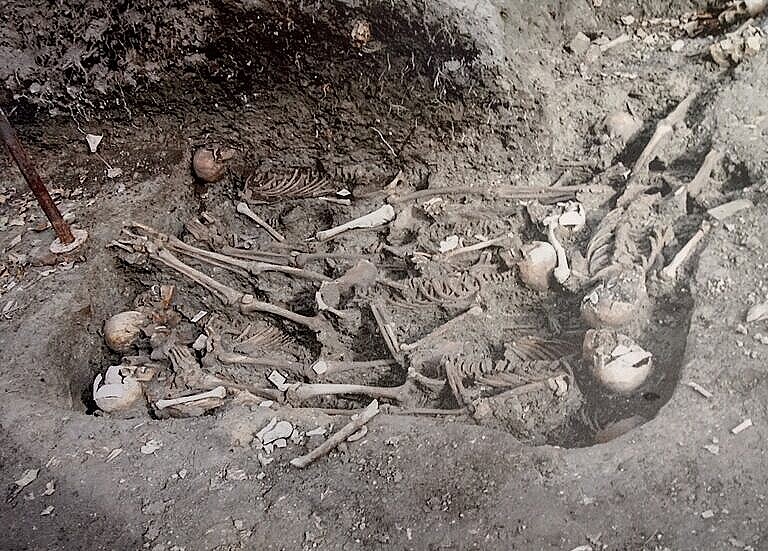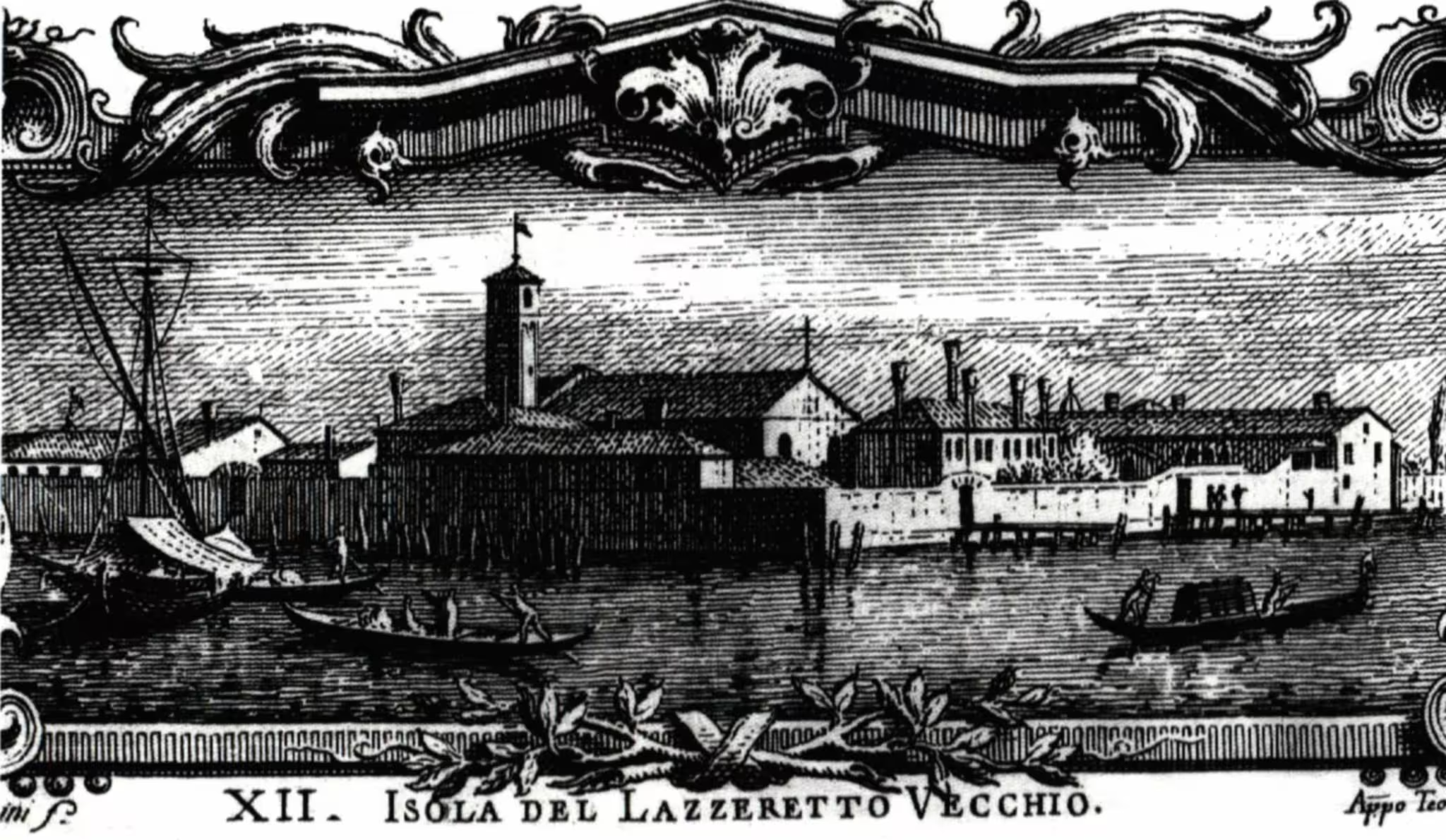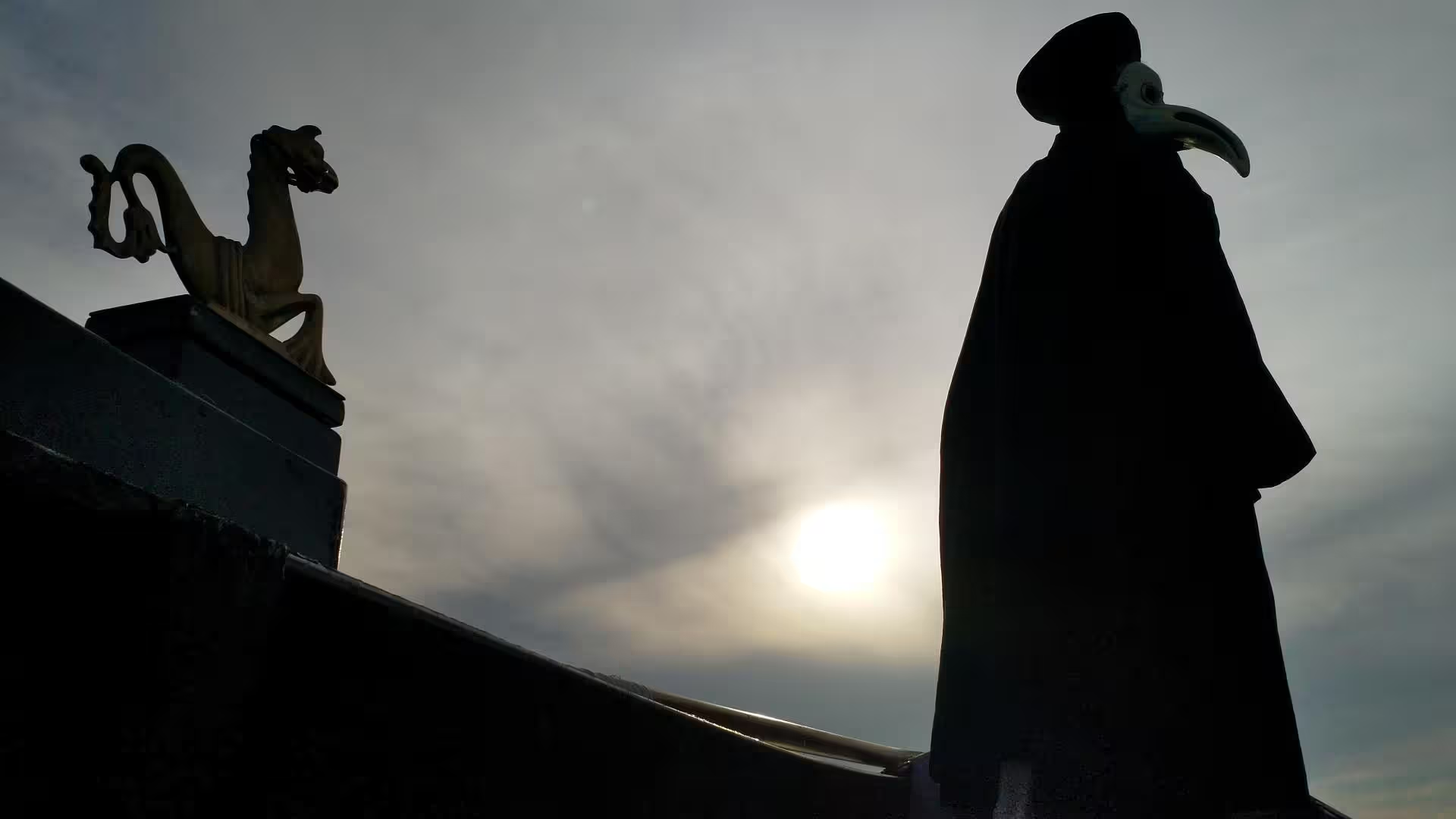On this day in 1423, six hundred years ago, the Senate of the Republic of Venice decided to create a hospital for the plague stricken on the island of Santa Maria di Nazareth.
The plague had arrived first in Venice in 1347 or 1348, and then in successive waves for the next seventy years.
When yet another wave of the bubonic plague hit the city in 1423, the government finally got the wallet out and did something.
A ‘plague hospital’
What they did was creating a ‘hospital’ for the sick.

Not a hospital in our modern sense of the word, where people go to be cured. In the seventy five years since the arrival of the plague, the Venetian had realised that no cure the knew of had any effect on the plague.
The purpose of the hospital was not to cure, but to isolate.
The word ‘hospital’ is related to ‘hospitality‘, the act of hosting people.
With the black plague in the city, people died in the tens of thousands. Without any cure, the only way to stop the spread of the decease was to remove the sick from the city.
Nazaretum – Lazaretum
The island of Santa Maria di Nazareth — in daily usage just Nazaretum — housed a monastery.
The neighbouring island was another monastery dedicated to St Lazarus, and the two names got mixed up, so the vernacular nazaretum become lazaretum, even before the Venetian state decided to create the plague hospital.
As such the word Lazzaretto — Lazaret — predates the quarantine hospital of 1423.
The final decision
The deliberation of the Venetian Senate was just the first step in the process leading to the creation of the first lazaret in the world.
The Senate passed the issue to the Consiglio Maggiore, which was the highest authority of the Republic of Venice. The cast their ballots on October 10th, 1323, in favour of the proposition.
The creation of the actual structure happened in the following years.
The Lazzaretto Vecchio remained operational until the late 1700s.




Leave a Reply